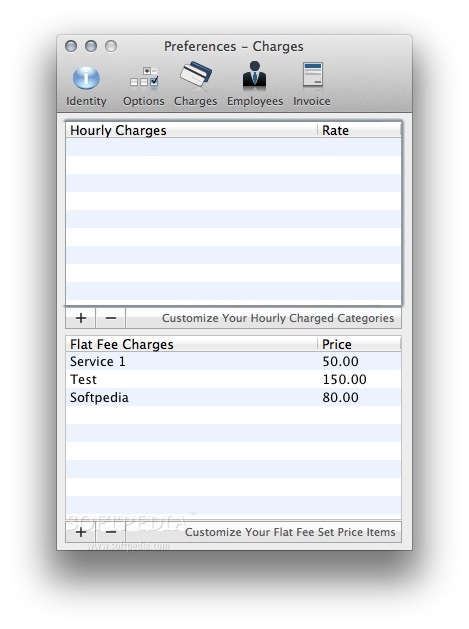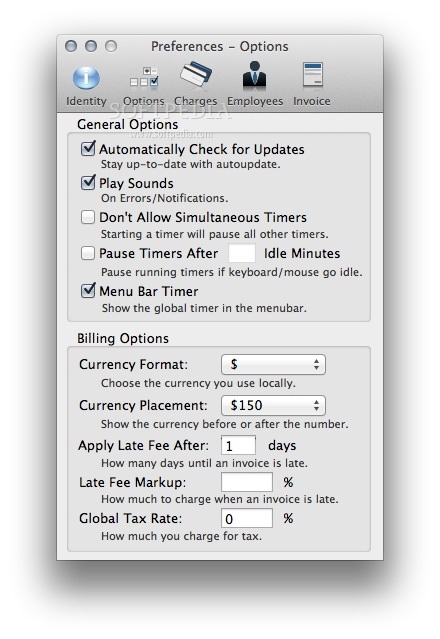
Reachability: Deciding whether a certain marking (state) is reachable from another marking. Structural analysis can identify properties that are conserved during execution of the modeled system. 2, 3, 4 These groups represented several characteristics of biological systems and modeled them in a way that enables the following distinctions: separation of external and internal metabolites, existence of enzyme-substrate complexes, and reversible reactions occurring at cellular conditions, which were modeled as two reactions occurring in opposite directions. Several groups have used PNs to create qualitative models of metabolic pathways and analyze them structurally. They are most suitable for modeling and analyzing the dynamics of concurrent systems whose behavior could be described by finite sets of atomic processes and atomic states.

Petri Nets have been applied mostly in manufacturing and safety-critical systems. The curves correspond to places P1 and P2, respectively. R1 and R4 are curves showing stages that start with many tokens and lose them over time. The curves correspond to places P5 and P7, respectively. Tokens gradually enter these stages, stay there for a while, and then transition to the next stage. R2 and R3 are parabolic curves showing transient stages. R5 is a hyperbolic curve showing sink places that accumulate all the tokens in the system. These kinetic curves use a smoothing function, which does not measure the number of tokens at a given time but rather the average number of tokens over a time interval. In the graph shown below the PN, the y-axis shows the values of the performance measures (average number of tokens at certain places) from time zero to a given time on the x-axis. Tokens that reach place P1 may flow either through the transition Invasion or the transition ImmuneResponse. In this case, there is only one output place: P6. When this transition fires, a token is passed from the input place P65 to all the output places. In this marking of the PN, only the transition MerozoiteInBlood is enabled because there are tokens in all its input places (in the case of this transition, there is only one input place: P65). The number 10 written inside the place P65 represents a marking of ten tokens that correspond to ten malaria parasites (merozoites). Places are represented as circles and transitions as squares. TimeNet's representation of the malaria example and the results of kinetic experiments, corresponding to this Petri Net (PN). We undertook this study to understand these differences and explore their suitability in the context of creating simulation models of different biological systems. There is a plethora of different PN tools available that differ in their capabilities. Petri Net tools enable users to verify system properties, verify system soundness, and simulate dynamic behavior. Most PNs have a visual representation that facilitates user comprehension. Petri Nets enable qualitative simulation and allow a representation of a process that is broken down into subprocesses that may be described at variable granularities. 1 An advantage of PNs is that they can represent system behavior even when the biological mechanism is not fully understood, by combining different levels of abstraction in a single model.

Descriptive models may also serve as educational aids.Ī modeling methodology that is especially tailored for representing and simulating concurrent dynamic systems is Petri Nets (PNs). Differences between the behavior of the model and the behavior of the real system, as determined from experimental data, can suggest new components that may account for the differences. The ability to predict system behavior with a model helps evaluate model completeness as well as improve our understanding of the mechanisms of biological processes. Scientists can study and analyze such models to make predictions about the behavior of the system under different conditions and to discuss novel relationships among the different components of a biological system. Such models can shed insight into complex biological processes and suggest new directions for research. With the exponential growth in the volume of biological data, it is becoming extremely important to integrate and organize the data into coherent descriptive models that portray system behavior.


 0 kommentar(er)
0 kommentar(er)
